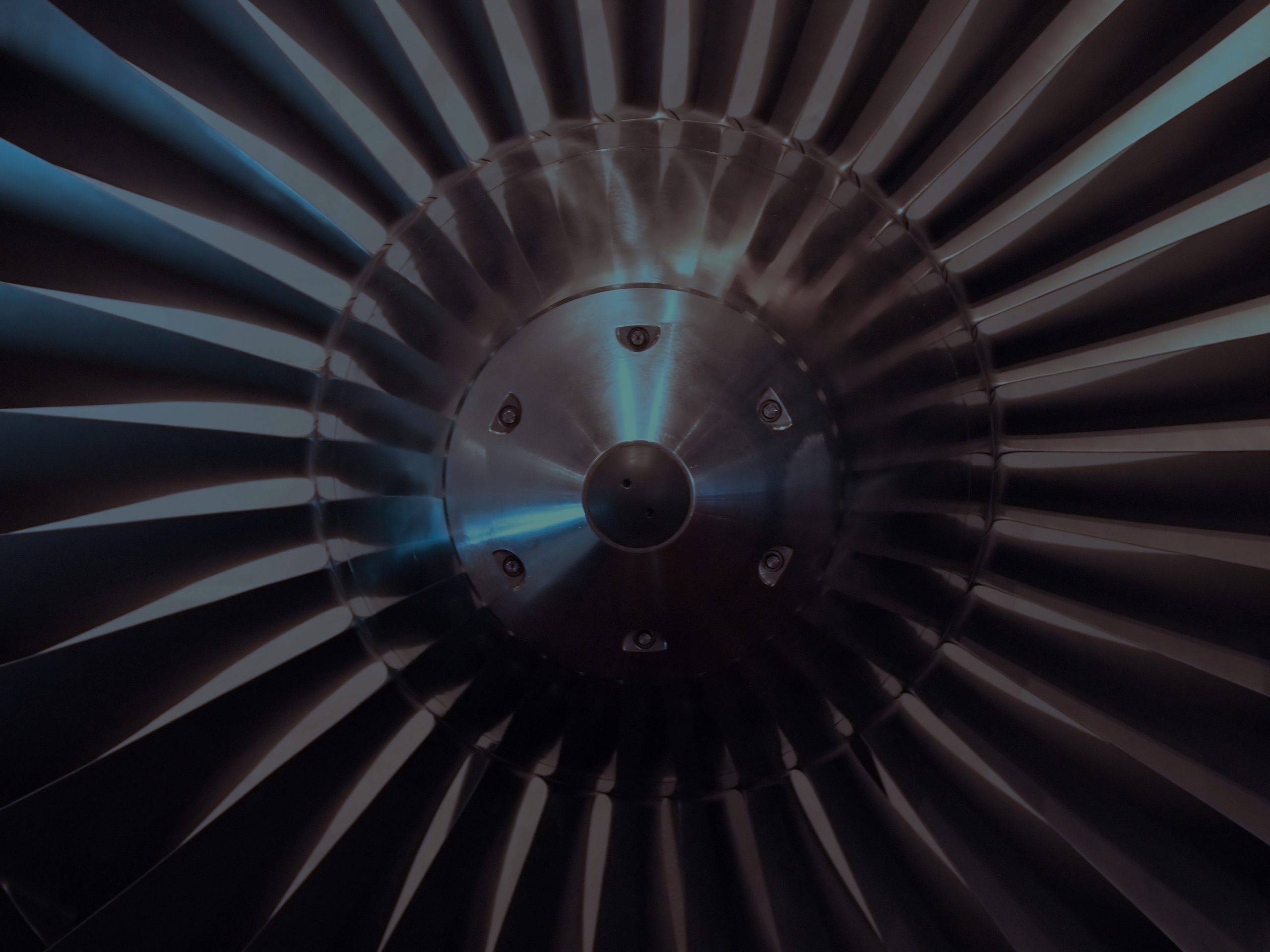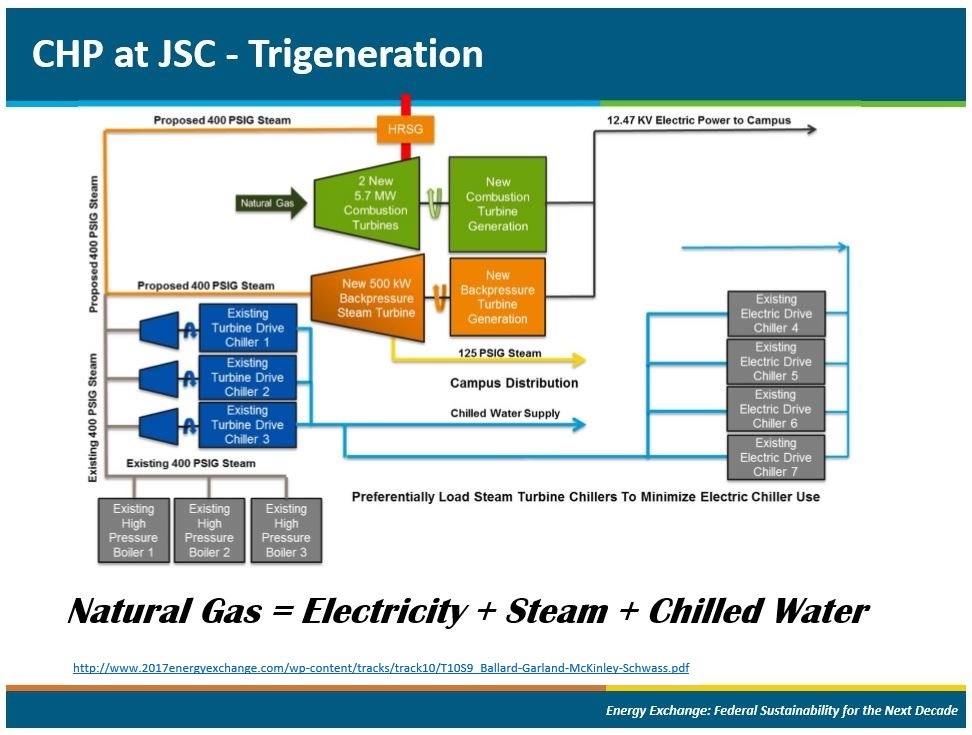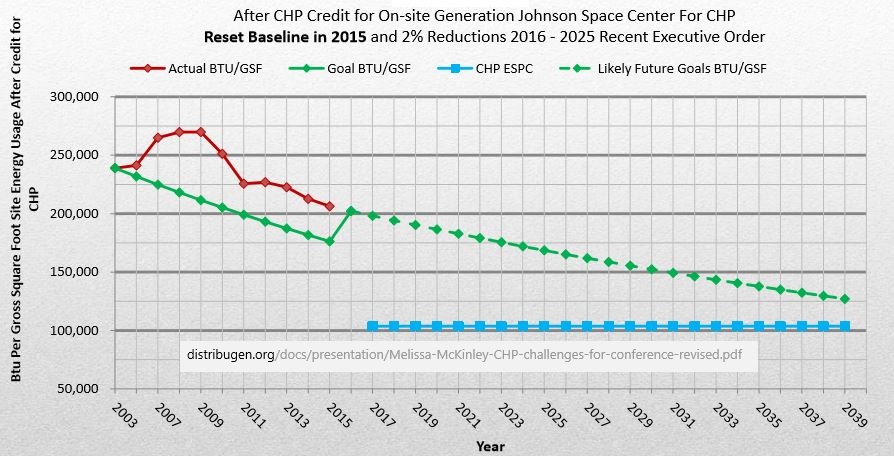Energy Surety through CHP Trigeneration
Multi-Unit / Multi-Source / Multi-Fuel Redundancies
The reliability benefits of redundant units and systems is understood by most engineers and facility operators. The availability of an “N+1” standby unit in the event of a failure or upset conditions can mean the difference between continuing production without pause or shutting down production and potentially losing millions in lost time and scrap. And as the owner/operator of a system contracted through a Microgrid as a Service structure, it can mean the difference between satisfying contractual obligations or paying penalties.
Providing redundant units on all critical equipment and systems rarely makes for viable projects, so an alternative is to employ “Smart Redundancy” as part of a CHP trigeneration strategy. By using a multi-unit, multi-source, multi-fuel approach that provides multiple and diverse means of satisfying critical loads in lieu of simply adding spare equipment. Allowing for parallel paths of energy generation provides a significant statistical improvement in the likelihood that the supply of energy will be available. The reliability benefits of parallel sources can simplistically be illustrated by the following formula:
Parallel Availability = (Sum of Availabilities) – (Product of Availabilities)
Example: Two Combustion Turbines in Operating in Parallel
Each Independently have 85% Availability:
Simple Parallel Availability = (0.85 + 0.85) – (0.85 * 0.85)
= 97% Combined Availability
Applying this parallel operating philosophy for chilled water yields the following production scenarios:
Electrical Chillers running on Utility Power
Steam-Driven Chillers running on Existing Boilers
Electric Chillers running on CHP
Steam-Driven Chillers running on CHP Steam
Trigeneration Efficiencies > 90%
CHP Trigeneration, as it relates to the JSC CHP microgrid, is the simultaneous production of three forms of energy: electricity, heating and cooling. This trigeneration system provides power, steam and chilled water to loads throughout the campus. The combustion turbines used in this process lose heat as they combust natural gas to create electricity.
The trigeneration facility captures this heat that would otherwise be lost and uses it to generate steam that is then used directly for heating applications and also used in steam-driven chillers to produce chilled water.
This simultaneous production of three forms of energy – cooling, heating and power – from only one fuel input. Put another way, a portion of the energy content of the fuel being used in the combustion turbines is transformed into electrical energy that is distributed to the site. Likewise, a portion of that same fuel content is transformed into heating energy and yet a third transformed into cooling energy. Trigeneration is simply the most efficient means of utilizing fuel in an onsite energy generation process since there is so little unutilized energy in the process.
Conversely, conventional utility energy generation plants achieve conversion efficiencies of around 33% and very efficient cogeneration CHP plants achieve conversion efficiencies of around 70%. The JSC trigeneration process can achieve efficiencies of up to 90% due to the excellent coefficient of performance (COP) of the existing steam-driven chillers that are used in the process. This trigeneration system maximizes use of virtually every energy unit of natural gas used in the process.
Source Use Energy Reduction Increases Island Time
Peak Demand Reduction Maximizes Island-Time
“Island Time” refers to the duration of time that a microgrid can support loads while disconnected from the utility grid and relying exclusively on on-site distributed generators to do so. The amount of time that these generators can support onsite loads during grid outages depends on many factors such as quantity of distributed generation units available, quantity of fuel available, availability of renewable generation resources, and of course electrical demand.
Increasing generation peak capacities and island times are often prohibitively expensive. Energy resiliency projects are therefore natural fits for energy efficiency and both baseload and peak demand reduction projects. The least expensive resilient power available is the power you do not need to supply. As such, the JSC CHP microgrid project was accompanied by a significant chilled water efficiency measure that reduced peak demands, allowing the onsite generator to have a lower capacity factor ensuring more reliable operation.





